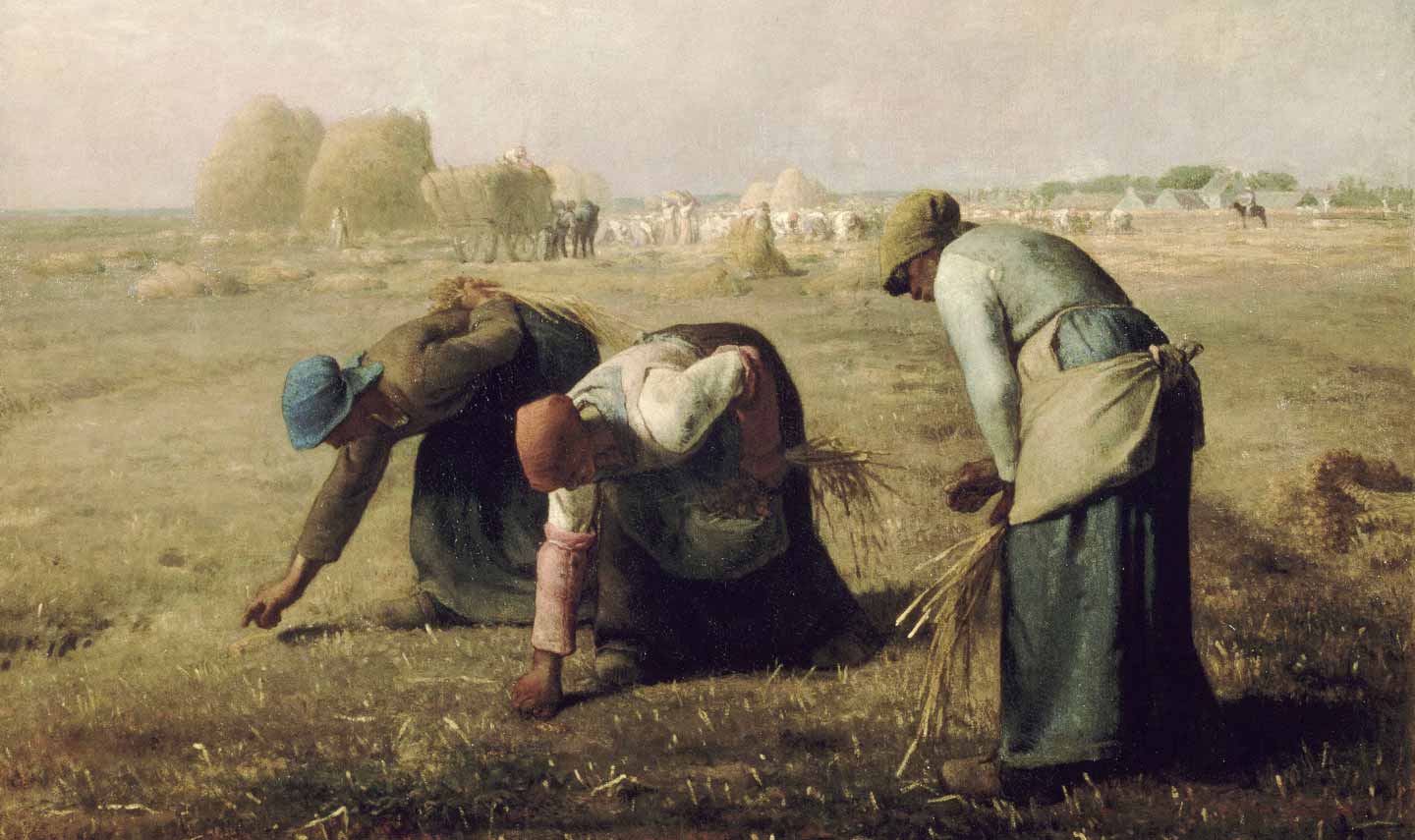The nameless

The invisible forces that make history
“Every phenomenon is a material trace of the invisible forces that generated it, an indissoluble fusion of content and form, of internal and external elements. This is the way to understand that painting which, freed from figurative purposes, aspires to embody sensations, emotions and passions, in a word: the intimate essence of life “. Vasily Kandinsky, Thoughts
The important thing is in the shadows
“Everything interesting happens in the shadows, definitely. Nothing is known about the authentic history of men ”. Louis Ferdinand Celine (voyage au bout de la nuit “)
The anonymous human redemption
“But then there is the story. It is that we, in history, are on the side of the ransom, they on the other. With us, nothing is lost, no gesture, no shot, albeit the same as theirs, do you understand? equal to theirs, it is lost, everything will serve if not to free us to free our children, to build a humanity without anger, serene, in which one can not be evil.
The other is the part of the lost gestures, of the useless fury, lost and useless even if they win, because they do not make history, they do not serve to free but to repeat and perpetuate that fury and that hatred, until after another twenty or a hundred or a thousand years we would return like this, us and them, to fight with the same anonymous hatred in the eyes and still, perhaps without knowing it, we to redeem it, them to remain slaves.
This is the meaning of the struggle, the true, total meaning, beyond the various official meanings. A thrust of human, elementary, anonymous redemption from all our humiliations: for the worker from his exploitation, for the peasant from his ignorance, for the petty bourgeois from his inhibitions, for the pariah from his corruption.
I believe that this is our political work, to use our human misery as well, to use it against ourselves, for our redemption, just as the fascists use misery to perpetuate misery, and man against man ”. Italo Calvino, “The path of the spider’s nests”
The unnamed tomb of Lev Tolstoy (see image)
“Bury me where I will have died in the most modest cemetery, if it happens in a city, and in the cheapest coffin as you would for a beggar,” he wrote on March 27, 1895.
Lev Tolstoy died in 1910 (1828-1910) in a railway station as he walked away from his wife and family with whom a conflict had arisen over his ideas on the side of the humble and submerged. The humble grave of the greatest Russian writer of the 19th century is in the middle of the woods, near the Yasnaya Polyana estate, 200 kilometers from Moscow, where he had spent the last few years in the dream of his utopia. Without a cross, without an epitaph, without a name, it is only a mound of earth, as he had wished. The precise point of the burial is the place where, as a child, with their beloved elder brother Nikolaj, they had looked for “the green stick”, a small twig considered magical: whoever discovered the stick and took possession of it, would have had the power to make all men happy and to make pain and poverty disappear.
In Yasnaya Polyana, Tolstoy in 1859, before the abolition of serfdom, had opened a school for the children of peasants in 1859, having sensed the need to study for a possible redemption. In those years there was his maximum adherence to the word of the Gospel, in particular to the “Sermon on the Mount”, which will become the foundation of his social utopia in favor of the humble.

